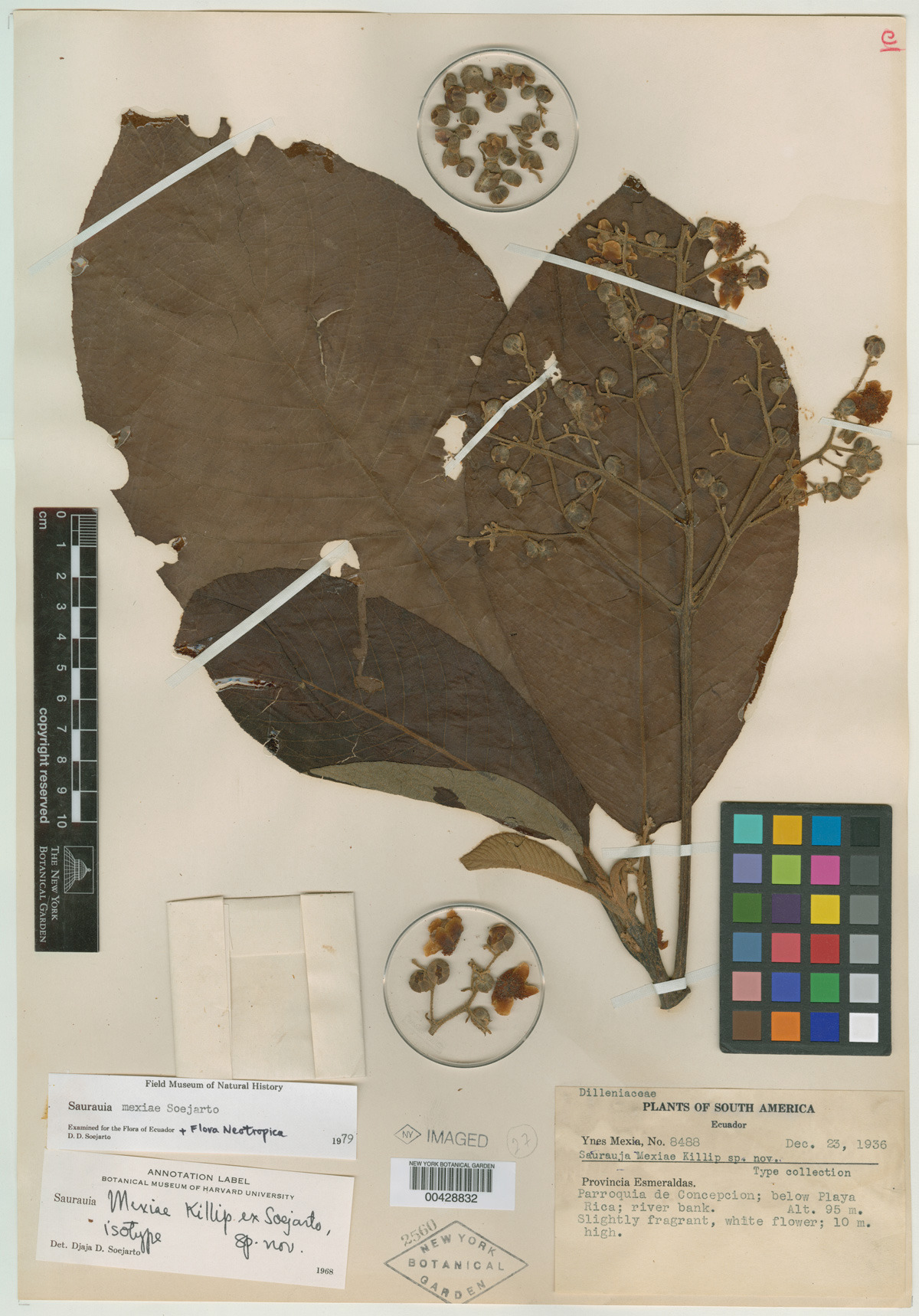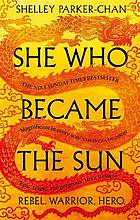
Video Length: About 3 minutes (2:30)
Video Citation: "What are primary and secondary sources?" YouTube, uploaded by University of Houston Libraries. 18 Mar. 2020. https://www.youtube.com/watch?v=X3JrQ6sHZ8c Accessed 16 Aug. 2021
Primary sources offer original intellectual content. That means the creators were directly involved. They did the research, witnessed the event, or created something new.
Some examples of primary sources are:
You can examine the sources for clues that describe the actions of the creator. These may be in the abstract, introduction, throughout the text, or in the description of the creation of the work. While helpful, remember the presence of these words or actions aren't conclusive; they don't always prove a source is primary or secondary.
Words or actions that may indicate a primary source include:
Some further examples of primary sources, with links to them, are listed below.



Secondary sources build off of primary sources in some way. That means the creators are analyzing or evaluating what others have done, witnessed, or created. They were not directly involved with the original research, event, or creation.
Some examples of secondary sources are:
You can examine the sources for clues that describe the actions of the creator. These may be in the abstract, introduction, throughout the text, or in the description of the creation of the work. While helpful, remember the presence of these words or actions aren't conclusive; they don't always prove a source is primary or secondary.
Words or actions that may indicate a secondary source include:
Some further examples of secondary sources, with links to them, are listed below.



Here are some important things to keep in mind as you evaluate whether sources are primary or secondary:
As you evaluate, ask yourself: Was the creator directly involved in the original creation? Remember, with primary sources the creator did something, whether it was research, witnessing an event, or creating something new. With secondary sources, the creators are analyzing or evaluating what others have done, witnessed, or created.
Adapted from Walden University Library's Evaluating Resources: Primary & Secondary Sources